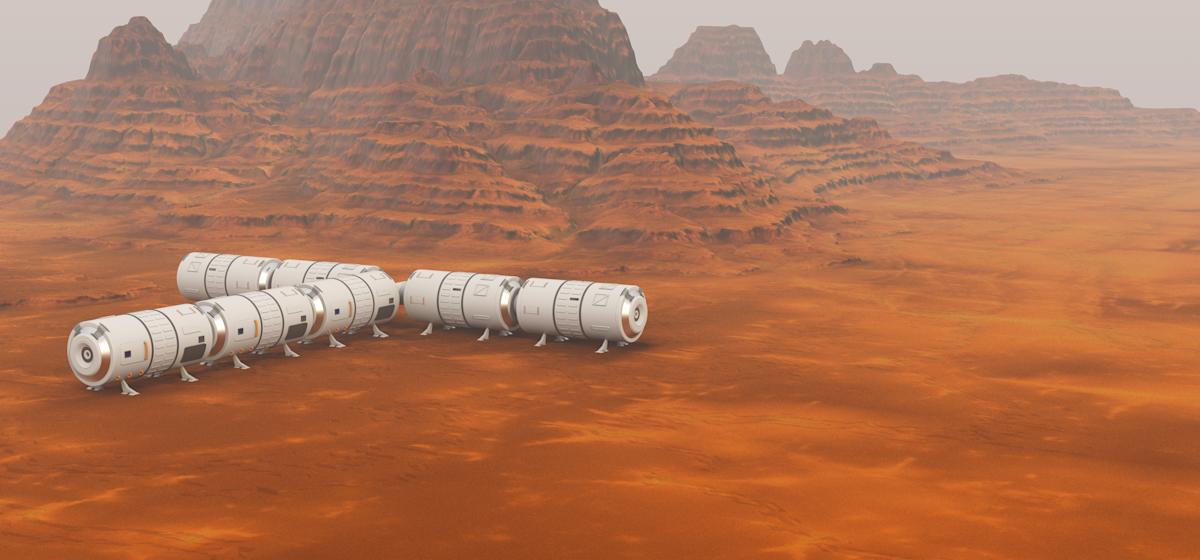Mars exploration mission | Image Credits:Getty Images
As human-spaceflight missions grow longer and travel farther from Earth, keeping crews healthy gets more challenging.
Astronauts on the International Space Station can depend on real-time calls to Houston, regular cargo deliveries of medicines, and a quick ride home after six months. All of that may soon change as NASA and its commercial partners, like Elon Musk’s SpaceX, look to conduct longer-duration missions that would take humans to the moon and Mars.
That looming reality is pushing NASA to gradually make on-orbit medical care more “Earth-independent.” One early experiment is a proof-of-concept AI medical assistant the agency is building with Google. The tool, called Crew Medical Officer Digital Assistant (CMO-DA), is designed to help astronauts diagnose and treat symptoms when no doctor is available or communications to Earth are blacked out.
The multimodal tool, which includes speech, text, and images, runs inside Google Cloud’s Vertex AI environment.
The project is operating under a fixed-price Google Public Sector subscription agreement, which includes the cost for cloud services, the application development infrastructure, and model training, David Cruley, customer engineer at Google’s Public Sector business unit, told TechCrunch. NASA owns the source code to the app and has helped fine-tune the models. The Google Vertex AI platform provides access to models from Google and other third parties.
The two organizations have put CMO-DA through three scenarios: an ankle injury, flank pain, and ear pain. A trio of physicians, one being an astronaut, graded the assistant’s performance across the initial evaluation, history-taking, clinical reasoning, and treatment.
The trio found a high degree of diagnostic accuracy, judging the flank pain evaluation and treatment plan to be 74% likely correct; ear pain, 80%; and 88% for the ankle injury.
The roadmap is deliberately incremental. NASA scientists said in a slide deck that they are planning on adding more data sources, like medical devices, and training the model to be “situationally aware” — that is, attuned to space medicine-specific conditions like microgravity.
Cruley was vague about whether Google intends to pursue regulatory clearance to take this type of medical assistant into doctor’s offices here on Earth, but it could be an obvious next step if the model is validated on orbit.
The tool not only could improve the health of astronauts in space, “but the lessons learned from this tool could also have applicability to other areas of health,” he said.

